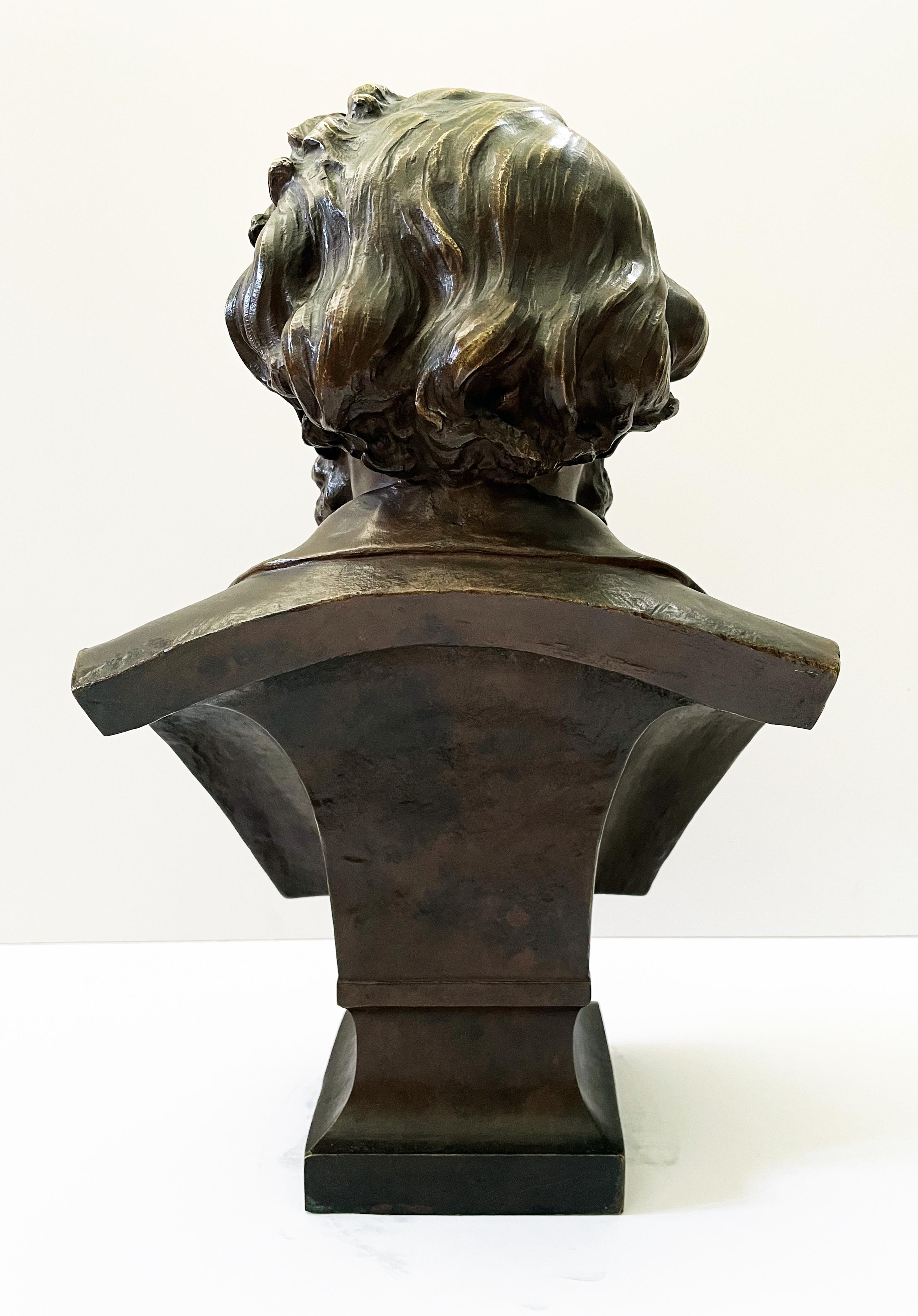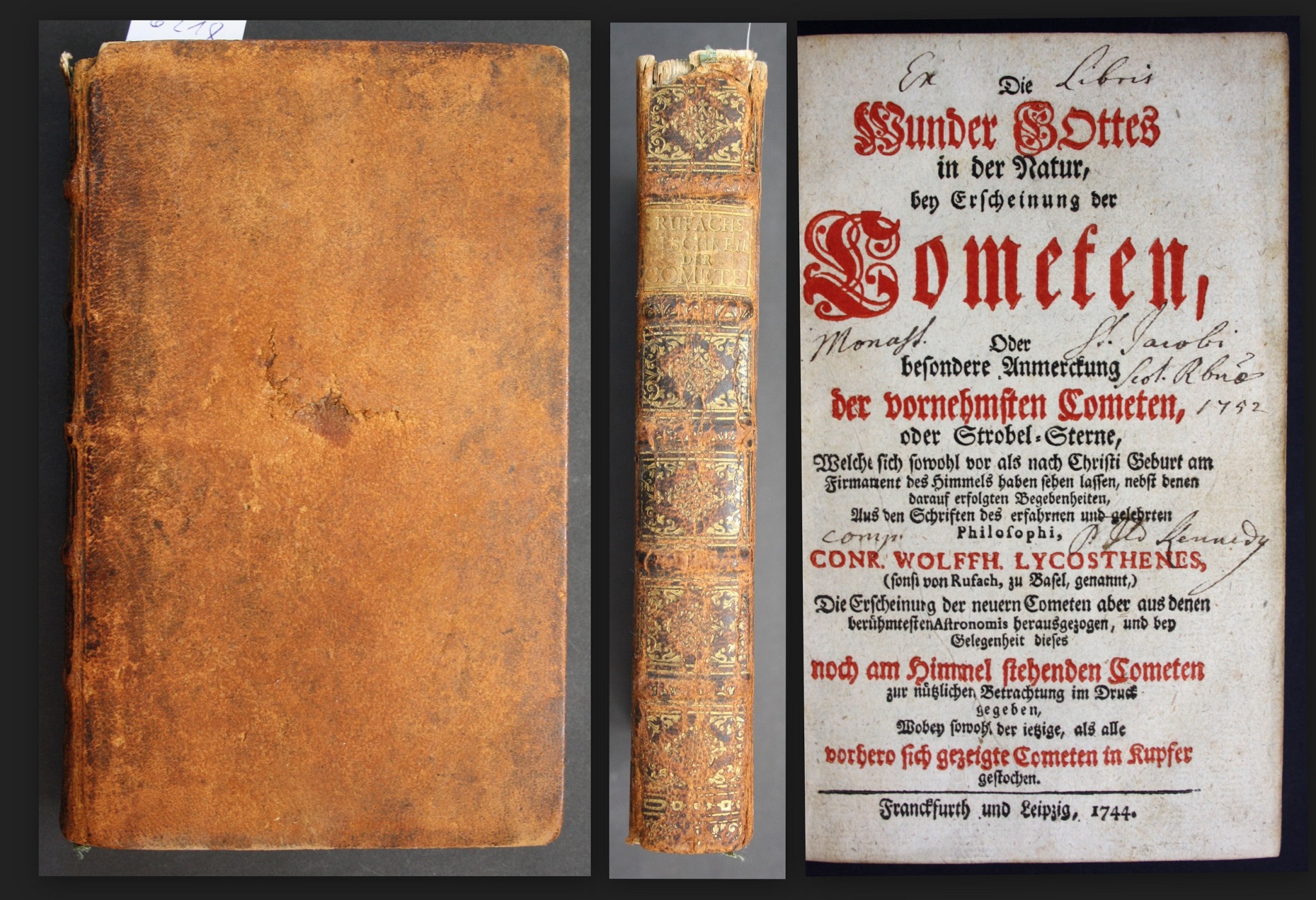LAMBERT, Emile-Placide (1828-1897) – „Louis Favre“. Bronze. (France) c.1885. Size: ca. 35 x 23 cm. Weight: 7,050 kg.
Bronze sculpture depicting the bust of Louis Favre (1826-1879), the Swiss engineer responsible for the construction of the Gotthard Rail Tunnel.
Signed by French sculptor „Emile Lambert“, Emile-Placide Lambert. The sculpture is a smaller version of the sculpture of Favre in Geneva (inaugurated after 1880).
Louis Favre was born in Chêne, a small village near Geneva. When he turned 18, he moved to France where he studied civil engineering. He first worked as a carpenter for a Parisian contractor. By attending architecture courses in the afternoon, he continually expanded his knowledge, resulting the administration of the Lyon-Genève railway company entrusting the barely 20-year-old with the construction of the railway line to Charenton, a job that kept him busy from 1846 to 1851.
In 1872, a more ambitious project, the construction of the Gotthard tunnel – a tunnel to connect the North and South parts of Switzerland – was offered to him. Despite criticism and an increased death toll and injury rate among the workers due to construction site accidents, Favre was able to design and manage the construction of the tunnel, which ended up costing a third less than that of the larger Mont Cenis Tunnel. Louis Favre died of a heart attack inside the tunnel, in 1879, about 200 days before the tunnel was opened. The construction ended in 1880. The Gotthard Tunnel remains the most important part of the Swiss Gotthard railway.
Emile Lambert Placide (1828-1897) was a 19th-century French sculptor, known for his statues of Voltaire in Ferney and the ones of Louis Favre in Chêne-Bourg (1893) and Geneve. He inherited the castle of Ferney – rebuilt by Voltaire between 1758-1786. His studio had been set up on rue de Gex, close to the castle.
———————————-
Bronze Büste von Louis Favre (1826-1879), dem Schweizer Ingenieur, der für den Bau des Gotthard-Eisenbahntunnels verantwortlich war.
Signiert vom französischen Bildhauer „Emile Lambert“, Emile-Placide Lambert. Die Skulptur ist eine kleinere Version der Skulptur von Favre in Genf (eingeweiht nach 1880).
Größe: ca. 35x23cm. Gewicht: 7.050 kg.
Louis Favre wurde in Chêne, einem kleinen Dorf in der Nähe von Genf, geboren. Als er 18 wurde, zog er nach Frankreich, wo er Bauingenieurwesen studierte. Zunächst arbeitete er als Zimmermann bei einem Pariser Bauunternehmer. Durch den Besuch von Architekturkursen am Nachmittag erweiterte er seine Kenntnisse kontinuierlich, sodass die Verwaltung der Eisenbahngesellschaft Lyon-Genève den knapp 20-Jährigen mit dem Bau der Bahnstrecke nach Charenton betraute, eine Aufgabe, die ihn von 1846 bis 1851 beschäftigte.
1872 wurde ihm ein ehrgeizigeres Projekt, der Bau des Gotthardtunnels – ein Tunnel zur Verbindung der Nord- und Südschweiz – angeboten. Trotz Kritik und einer erhöhten Zahl von Todesopfern und Verletzten unter den Arbeitern aufgrund von Baustellenunfällen, konnte Favre den Bau des Tunnels planen und verwalten, der am Ende ein Drittel weniger kostete als der größere Mont-Cenis-Tunnel. Louis Favre starb 1879 an einem Herzinfarkt im Tunnel, etwa 200 Tage vor der Eröffnung des Tunnels. Der Bau endete 1880.
Emile Lambert Placide (1828-1897) war ein französischer Bildhauer des 19. Jahrhunderts, bekannt für seine Statuen von Voltaire in Ferney und denen von Louis Favre in Chêne-Bourg (1893) und Genf. Er erbte das Schloss von Ferney – zwischen 1758-1786 von Voltaire wieder aufgebaut. Sein Atelier hatte sich in der Rue de Gex in der Nähe des Schlosses eingerichtet.
sold/verkauft




















